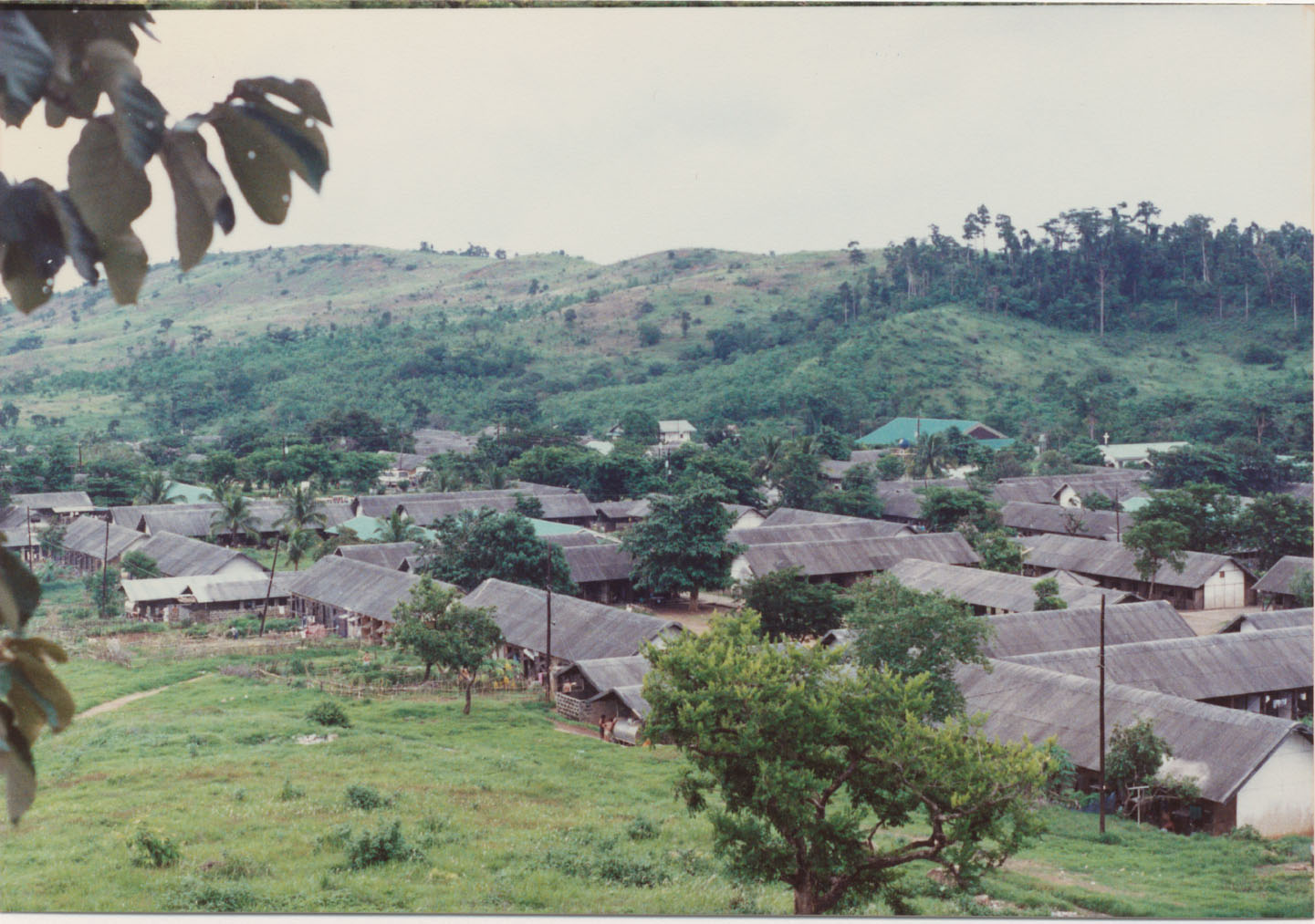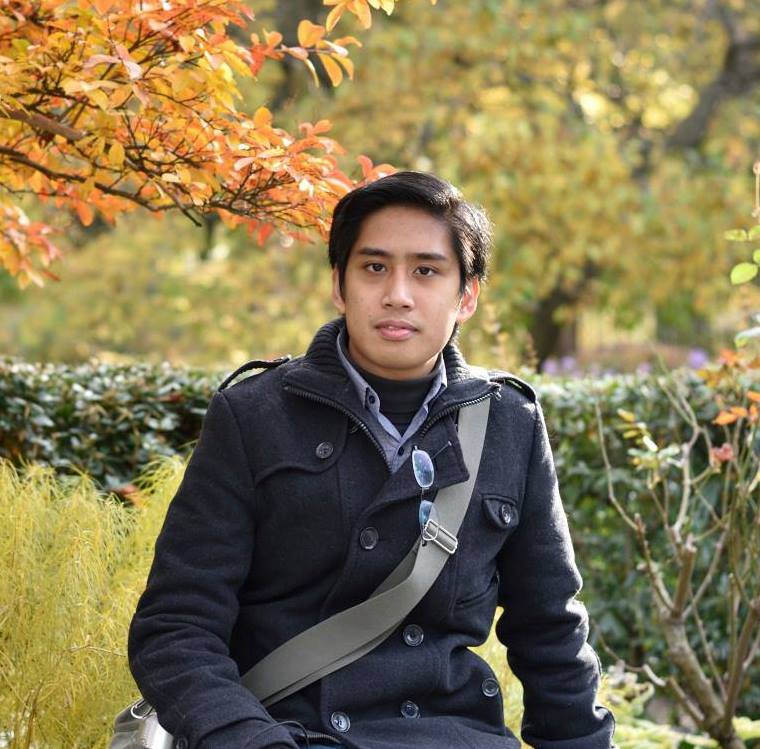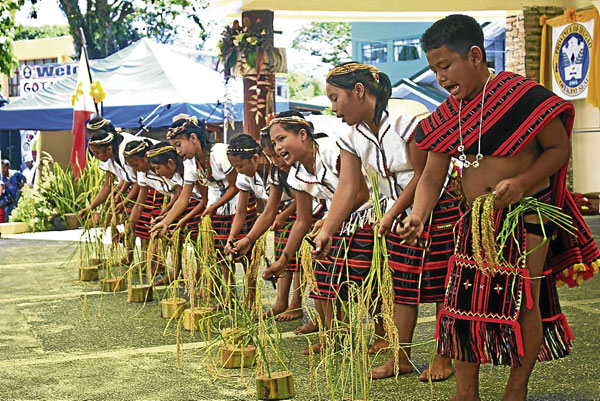The Philippine Culture in Southeast Asia
Given more than 300 years under colonial rule[1], much of the cultural exponents of the Philippines have largely been branded as “westernized” to the extent of being “un-Asian” in terms of practices, orientation and even the mentality of its people. The dominant understanding of mainstream Philippine history only traces its beginning to the discovery of the Philippines by Spain in the 1500s. The cultural shifts that took place in the succeeding centuries masked what the Philippines was like prior to the 16th century, somehow severing the connection to the old ways of life that were known to early Filipinos (Del Castillo & Medina, 1974). Several festivals in the Philippines – which are already traditions introduced by the Spaniards – even depict how the ‘indios’ (the term they used to call the natives) have been enlightened and civilized through Christianization[2], and that their defeat[3] across the archipelago should be celebrated and immortalized. By in large, these became some of the reasons why the Philippines at the moment is alienated from its Southeast Asian neighbors that have preserved much of their heritage, both tangible and intangible ones. This, however, does not preclude the fact that the Philippines has some traditions that – with adequate understanding and appreciation – ought to be cherished around the world.
Post-colonial approaches have always been interested in unearthing what the Philippines might have been prior to the being dominated by foreign powers. But, for a country as diverse as the Philippines, coming up with a homogenized description on the ways of life of the people poses some difficulty. This occurrence of multiple cultural traits and lifestyles of the ancient Filipinos, however, should never be frowned upon. Rather, this only suggests how rich the history and culture is, and how there is no singular way in capturing the ways ancient Filipinos saw and approached life. After all, these are also the strings necessary in tying the Philippines back to the larger Southeast Asian cultural paradigm, to which it shares affinities and resemblances with.
This note is a reflection on two ancient Philippine chants: the hudhud and the darangen epic. These two chants hold vast knowledge on the ways of life of ancient Filipinos. Being the best preserved oral traditions that are not tainted by western influences these chants present themselves as valuable living specimens that possess high authenticity and reliability in providing not only the kind of music and songs that they had, but also a scintilla about the Philippines’ earlier worldviews. I will also draw insights from my own experiences in witnessing firsthand how these chants are performed and how the locals deem them important to their life-cycles and identities.
The hudhud chants hail from the mountainous Cordillera region in northern Philippines, more popularly known for their world-renowned Ifugao rice terraces. Key in understanding the hudhud chants is to see its relation with and its influences on the immediate cultural landscape (Guerrero, 2013). The darangen epic, on the other hand, is a lengthy oral tradition that is artistically sung and acted (sometimes even danced[4]), rather than just being plainly recited. It recounts the history of the Maranao people around Lake Lanao, predating even the Islamization of southern Philippines in the 13th century.
What binds these two ancient folk songs together is that they have both been proclaimed by UNESCO as masterpieces of oral and intangible heritage of humanity, an initiative that strengthens the call for humanity to widen its concept of cultural heritage by bringing in the intangible aspects as being essential components of cultural diversity (UNESCO, 2000). The hudhud and darangen are the only two representative traditions of the Philippines that have been proclaimed as such. I am fortunate enough to have witnessed how these chants are performed in the traditional way.
Cultural Landscape: Relationship of the Hudhud and the Rice Terraces
Keeping the spirit alive by passing down indigenous knowledge to the younger generations.
As a continually evolving cultural landscape, the World Heritage-listed rice terraces in Ifugao[5] should be seen and understood in relation to its environment (mountains and forests) and the traditions of its people (rituals, farming practices, beliefs, etc.). It is interesting to note that integral to their life-cycle is a set of ancient songs called hudhud. More than a ritual song, the hudhud plays a key role in shaping and preserving the ways of life of the Ifugao people for more than 2,000 years.
The National Commission for Culture and the Arts of the Philippines documented these intangible treasures as, “recited and chanted … only during four occasions: the harvesting and weeding of rice, funeral wakes and bone washing rituals…. The hudhud [is] comprised of over 200 stories with about 40 episodes each. The language… almost impossible to transcribe, is full of repetitions, synonyms, figurative terms and metaphors. Performed in a leader/chorus style, the lead chanter – often an elderly woman – recites an introductory line to set the tone, and then this is taken up by a chorus of women to the end of the phrase…. It may take days to complete a story, depending on the situation. The hudhud is a celebration of Ifugao heroes, heroines, wealth and culture” (NCCA).
When I went to Ifugao several years ago, during the harvesting month, the mixture of the picturesque rice terraces and the performance of the hudhud by women reaping rice stalks was awe-inspiring — women singing while in the paddies is not an everyday scene. In my conversations with the locals, I realized how the songs are really revered and have never been altered from how their ancestors sang them many centuries ago.
The featured image above depicts Ifugao women gathering together in a hudhud ritual. (Photo lifted from B. Capati’s presentation)
Pryer-Pereira provided insights as to how such an old and lengthy song is successfully committed to the memories of the people. She explained that “the chanters of the hudhud rely heavily on culturally constituted environmental stimuli to help them remember the chant. Objects such as rice harvesting tools, familiar bodily movements, and the songs of other chanters help to distribute the burden of chant memorization. It is only when these individual memories work together that the whole text can be recalled” (2007). It was also revealed to me by the locals that there are particular chants from the hudhud that are specifically sang for pest protection, and in guiding them in seed selection.
As I paid closer attention to the practice, I noticed that most of those who were singing are adult women. In the Philippines, the preservers and guardians of culture are, unquestionably, always the women. This, however, brings to the fore another concern: “[t]he few people who know all the poems are very old, and young people are not interested in this tradition” (UNESCO, 2008). Efforts are currently being undertaken by the government and various organizations to bring hudhud closer to the younger generation. One initiative undertaken was the institutionalization of Hudhud Schools of Living Traditions in the Ifugao (Talavera, nd).
Songs that Breathe the History of the Maranao: the Darangen Epic
The darangen, which literally means to “narrate in songs”, is one of the oldest and longest epic poems in the Philippines. It consists of many cycles of episodes relating to different heroes, foremost among them Bantugan, whose name means, “one who makes history.” Through his heroic tales, the epic proves that early forms of government, culture, art, music, metal work and warrior arts were already in existence before the arrival of colonizers (Philippine Star, 2005). In fact, the epic happens to be the local rendition of early Filipinos of the Hindu Ramayana, dating much older than the introduction of Islam in the south (Ty, 2010) – an undeniable proof that the far past is not unacquainted with the concept of cultural globalization (Tan, 2009).
UNESCO further detailed that the epic comprises “17 cycles and a total of 72,000 lines, [and that] the darangen celebrates episodes from Maranao history and the tribulations of mythical heroes. In addition to offering compelling narrative content, the epic explores the underlying themes of life and death, courtship, politics, love and aesthetics through symbol, metaphor, irony and satire. The Darangen also encodes customary law, standards of social and ethical behavior, notions of aesthetic beauty, and social values specific to the Maranao. To this day, elders refer to this time-honored text in the administration of customary law” (UNESCO, 2005). The NCCA also revealed that the recorded and transcribed part of the darangen is composed of cycles in iambic tetrameter or catalectic trochaic tetrameter. Though each cycle is independent from each other, the cycles are connected to one another in a logical, cohesive progression.
Two Maranao singers recite some parts of the darangen epic. It is a powerful vocal performance.
Having witnessed how some parts of the darangen were performed by the Maranao themselves in Marawi, I can still clearly recall how the performers displayed good grasp of the lines, together with their abilities to engage the audience during the hours-long performance. The excerpt that I have seen lasted for roughly two hours, and I was told that that was only a small chapter of the epic. Henrieta Elle, a retired professor of music and dance at the Mindanao State University in Marawi, also explained to me that it would usually take almost a week to complete the cycles of the darangen and that the performance is often accompanied by heroic musical scores that use stylized brass gongs called kulintang, drums called tambor, and a kudyapi (a native guitar-like instrument). Performers are also expected to wear their finest woven textiles called ina-ol andmalong.
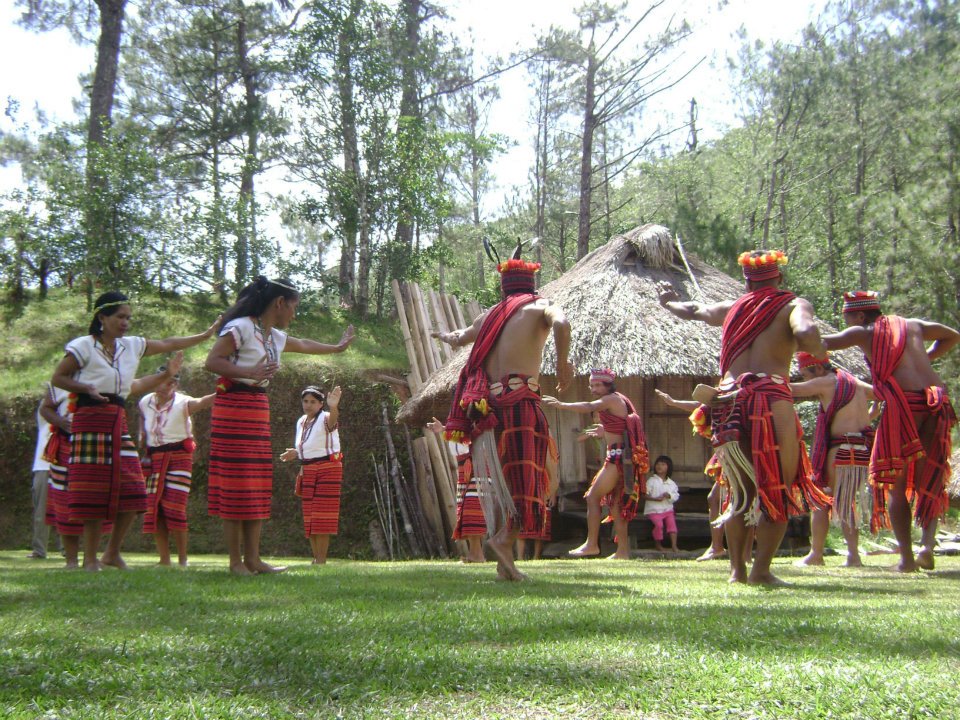
Given the vastness and depth of the darangen, several aspects of it are still waiting to be unlocked and understood by scholars and practitioners. Nevertheless, current threats to the darangen stem from the fact that it is in an archaic language that is not used as an everyday medium of communication in the locality. Like the fate of the hudhud in the north, the darangen also faces an alarmingly decreasing appreciation from the younger folks. Nowadays, parts of the darangen are just performed during weddings and other special occasions. It has also been observed that there is a thinning number of people who know how to play the kulintang and kudyapi. At present, there are no living kudyapi masters anymore in Lanao del Sur.
Assessments
The culture and history of the Filipino people is indeed older than what was earlier established. The richness of the old Filipino culture is carefully preserved in the oldest forms of literary works there are to find – ancient songs. The challenge nowadays is to make sense of them amidst being in the modern age.
From the north, we see how highland chants have directly dictated the ways of life and the modes of survival of the people in harshly mountainous, uneven terrains. The hudhud compliments the rice terraces in being enduring portraits of the ways of life of the Ifugao for over two millennium. Down south, cultural diversity and religious syncretism is recognized and established through the darangen epic. This epic breathes the history of the Maranao people, providing listeners a rich amount of knowledge about their norms, beliefs, and customs as it is rendered in a melodious performance of singing and dancing. Having both these oral literatures proclaimed as masterpieces of oral and intangible heritage of humanity only strengthens their importance and relevance not only to the Filipino people but to all around the world.
References
Bersola, C. (2011). The Hudhud of the Ifugao: enchanting chanting. The Philippine Star. Retrieved: http://www.philstar.com/good-news/644254/hudhud-ifugao-enchanting-chanting
Del Castillo, T., and B. Medina (1974). Philippine literature: from ancient times to present. Caloocan: Philippine Graphic Arts.
Guerrero, B. (2013). Philippine world heritage sites: history of its people and their culture. 10th Cagayan Valley Regional Tourism Conference Proceedings. Np.
NCCA (nd). Intangible heritage: masterpieces of oral ang intangible heritage of humanity. Retrieved:http://www.ncca.gov.ph/about-culture-and-arts/culture-profile/culture-profile-intangible-heritage.php
Peralta, J. (2003). Ifugao Hudhud: local to global dimension of the sacred. Manila: NCCA.
Philippine Star (2005). UNESCO proclaims darangen epic as masterpiece of intangible heritage. Philippine Star.
Pryer-Pereira, T. (2007). Telling tales: memory, culture, and the hudhud chants. Swathmore University. Retrieved:http://www.swarthmore.edu/SocSci/Linguistics/Papers/2007/pyer-pereira_tiana.pdf
Talavera, R. (nd). The role of schools for living Traditions (SLT) in safeguarding the intangible cultural heritage in the Philippines: the case of the chants of the Ifugao.Manila: NCCA.
Tan, M. (2009). A Maranao epic. Philippine Daily Inquirer.
Ty, R. (2010). Muslims’ syncretism of the Hindu ramayana in the predominantly christian Philippines. Retrieved:http://www.academia.edu/1671423/Muslims_Syncretism_of_the_Hindu_Ramayana_in_the_Predominantly_Christian_Philippines
UNESCO (2000). UNESCO to protect masterpieces of oral and intangible heritage of humanity. Retrieved:http://www.unesco.org/bpi/eng/unescopress/2000/00-48e.shtml
UNESCO (2005). Darangen epic of the Maranao people of Lake Lanao. Retrieved:http://www.unesco.org/culture/intangible-heritage/32apa_uk.htm
UNESCO (2008). Hudhud chants of the Ifugao. Retrieved:http://www.unesco.org/culture/ich/RL/00015
[1] Three centuries of Spanish colonial rule, three decades of American control, and short periods of British and Japanese occupations.
[2] Sinulog festival in Cebu, Ati-atihan festival in Aklan, Daro Sinulog in Dumaguete, and to some extent even the Guling-guling festival in Paoay, Ilocos Norte.
[3] Moro-moro is a play that recounts the battles of the Spaniards against the Muslim antagonists, where the colonizers and Christianity always win.
[4] Most of the dances of the Maranao people are based on the Darangen. The finest of these dances is theKasingkil.
[5] Inscibed to the UNESCO World Heritage List as “Rice Terraces of the Philippine Cordilleras” , the first set of properties in the list to be designated as a cultural landscape upon inscription in 1995.
Post by Bernard Joseph Esposo Guerrero
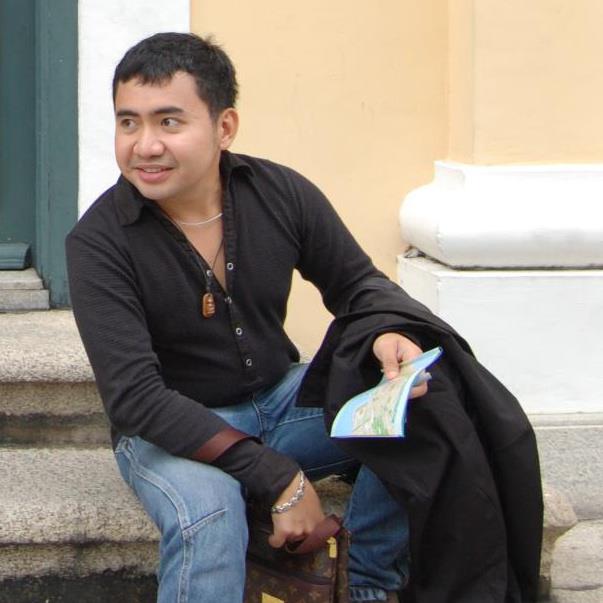 Bernard Joseph Esposo Guerrero is a self-confessed cultural junky. Based in the Philippines, he has delivered several talks on tourism, destination promotion and management, and the importance of cultural conservation. As a heritage advocate and consultant, he has assisted and appeared in some features by the Euronews, NGC-Asia, Solar TV, ABS-CBN Regional News Network, as well as being cited by the Philippine Star and the PIA. He enjoys ticking off as many UNESCO World Heritage Sites as possible. So far, Gunung Mulu National Park in Sarawak, the Preah Vihear Temple in Cambodia, and the Philippines' Apo Reef and Ifugao Rice Terraces are the best places he has seen in SE Asia.
Bernard Joseph Esposo Guerrero is a self-confessed cultural junky. Based in the Philippines, he has delivered several talks on tourism, destination promotion and management, and the importance of cultural conservation. As a heritage advocate and consultant, he has assisted and appeared in some features by the Euronews, NGC-Asia, Solar TV, ABS-CBN Regional News Network, as well as being cited by the Philippine Star and the PIA. He enjoys ticking off as many UNESCO World Heritage Sites as possible. So far, Gunung Mulu National Park in Sarawak, the Preah Vihear Temple in Cambodia, and the Philippines' Apo Reef and Ifugao Rice Terraces are the best places he has seen in SE Asia.
Discover other similar posts on Bernard's blog




